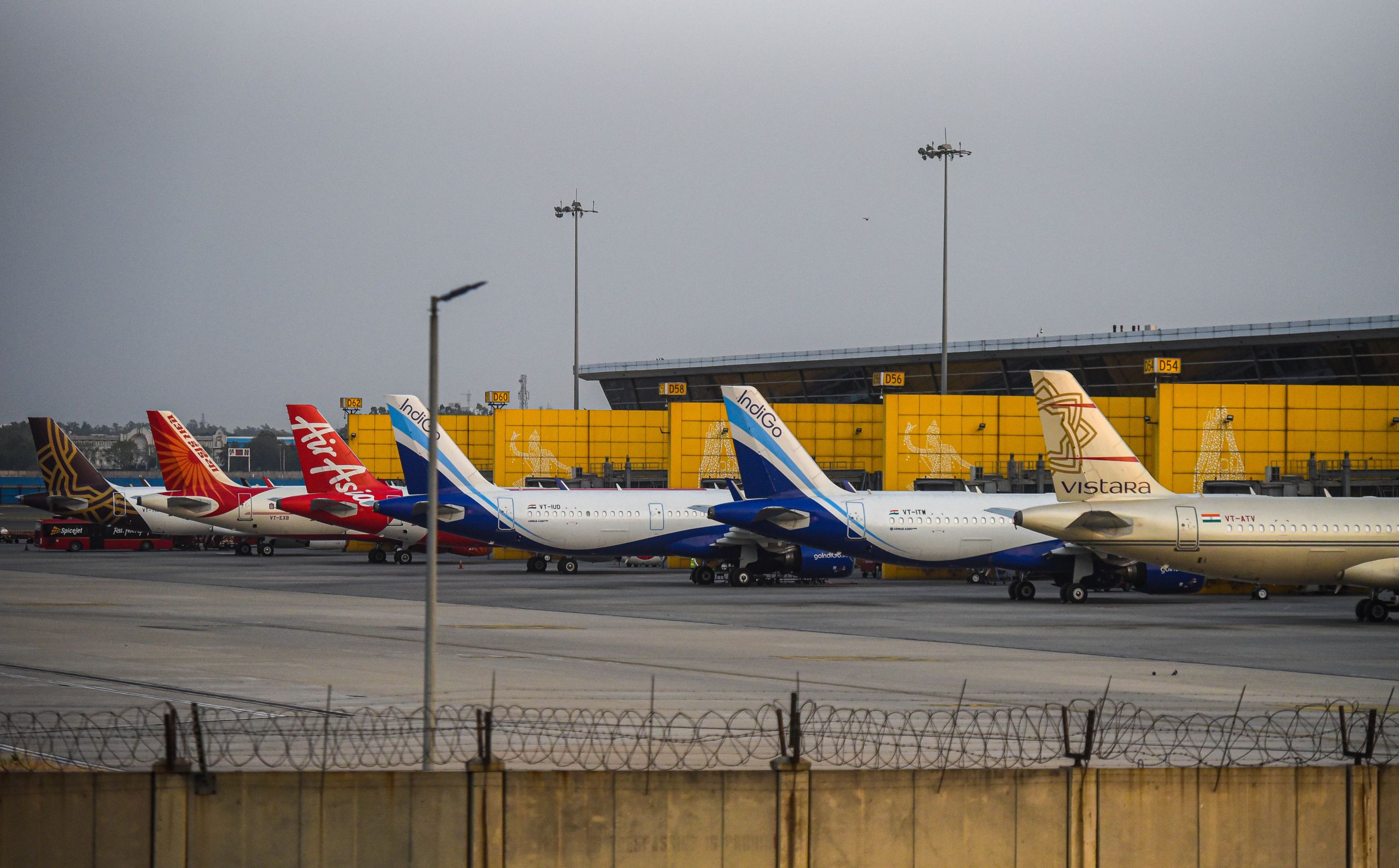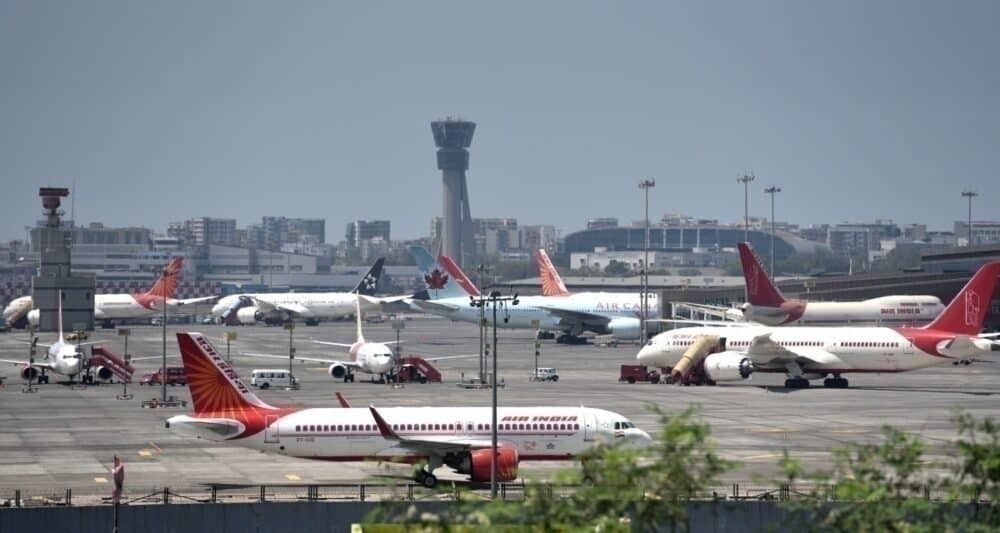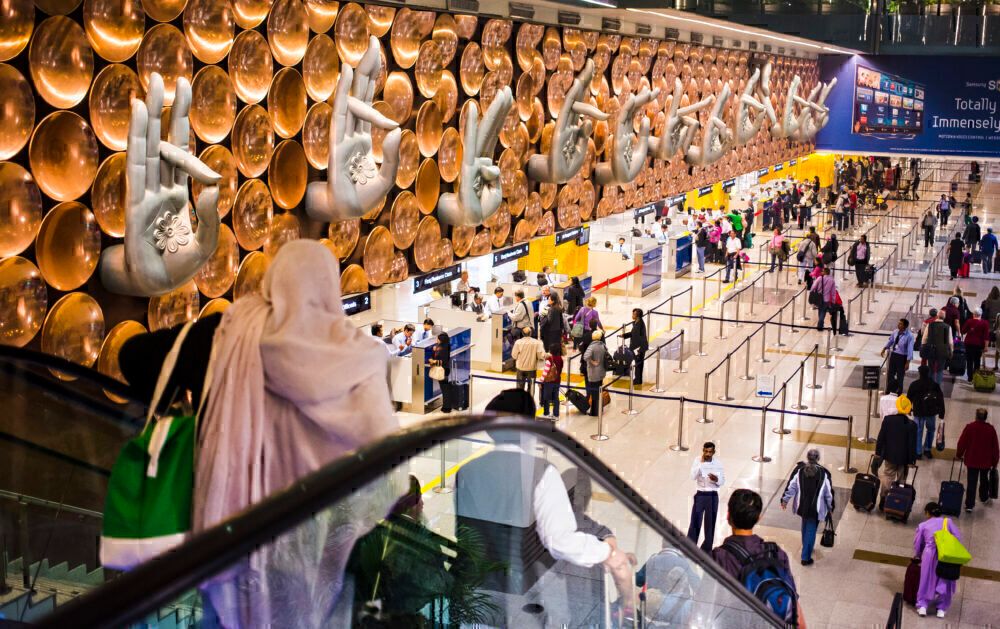The Indian government’s plan of sustainable aviation practices in the country gained further momentum with the decision to replace all old airport equipment by next year. While some airports have already incorporated electric vehicles into their operations, the new mandate applies to all airports handling more than 3.5 million passengers per year.
Eco-friendly equipment
The Ministry of Civil Aviation of India (MoCA) is taking its aim for carbon-neutral airports seriously by giving a tight deadline to many airports to replace inefficient equipment. By May 2022, airlines and ground handling (GH) companies have to find electric or more fuel-efficient replacements for their current equipment.
Once implemented, one could expect several airports in India to operate more sustainable equipment. This could include transport buses, pushback tugs, baggage tractors, and a host of other equipment that help in passenger and cargo loading and cleaning aircraft, etc.
The Business Standard cites MoCA’s November 1st order, which says,
“It has been decided that all GH agencies and airlines doing self-handling at airports having passenger movement of more than 3.5 million passengers per annum shall comply with the minimum standard of ground support equipment and vehicle.”
So far, airports in the country have been following their own policies on such initiatives. This new mandate will help standardize the procedure and will affect around 25 airports.
Tight deadline
While the move is accepted and appreciated across the board, many feel that the deadline of May 2022 is pretty tight. The last two years haven’t been the best for airlines and aviation companies. The financial burden inherited following the pandemic makes it tricky for these new changes to be implemented in less than a year.
The order says that no ground support equipment older than 12 years will be allowed, even if refurbished. But many believe that the policy could be relaxed for certain equipment, such as the low ladders, that can be used up to 20 years when refurbished according to the manufacturer’s recommendations.
Procuring new equipment takes time, and airlines and GH companies feel that May 2022 is cutting it close. The Business Standard report quotes R Ramana, Director and CEO of GH agency AISATS as saying,
“The norms will require us to make multi crore investments. Equipment such as pushback tractors or low loaders (pallet loaders) are made to order. Usually it takes 6-8 months to receive them after placing an order. The intent of the policy is right… But its implementation timeline needs to be stretched and tailored so that airlines and ground handling companies are able to meet the conditions based on the capital expenditure implications.”
Green push
MoCA’s order is part of a larger plan by the Indian government to make Indian aviation, among other sectors, more sustainable and in sync with the global aviation industry’s goal of achieving carbon neutrality.
In June this year, Delhi and Hyderabad airports received ACI Asia-Pacific Green Airports Recognition for embracing newer technologies. Delhi was lauded for reducing carbon emissions by using TaxiBot for aircraft pushback; Hyderabad was praised for improving air quality at the airport by using electric equipment such as Fixed Electrical Ground Power (FEGP) and solar-powered Baggage Freight Loader (BFL), etc.
In February last year, Delhi’s IGI Airport also became the first in the country to be free of single-use plastics. Down south, Cochin airport became the first fully solar-powered airport in the world in 2015.
The global aviation sector has been pushing hard for better and efficient aircraft, sustainable fuel, and airport equipment. The contribution of an enormous aviation market like India is definitely required.
What are your thoughts on the Indian government's plans for sustainable aviation in the country? Please leave your comments.



